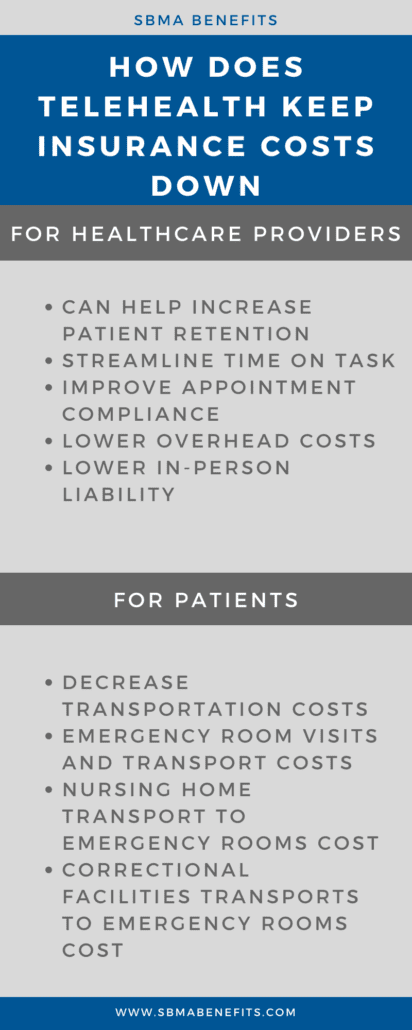The effects that the pandemic has had on the lives of many Americans have changed the way many industries operate. Be it online grocery shopping, virtual real estate tours, or remote doctor visits, businesses have been required to adjust to the changing landscape of our world as we once knew it.
The good news is that your business is not alone. There are thousands of others attempting to determine solutions to the same challenges. The changing needs of workforces must be met to obtain ongoing success. And right now, one of those needs includes remote healthcare.
The fear of visiting a hospital or doctor’s office that the pandemic had once induced has since begun to subside for many. That being said, now that they’ve experienced the introduction of telehealth options, many dread ever having to return to the “normal” we were all once accustomed to. As a result, offering remote healthcare options has become a critical aspect of employee benefit packages.
Telehealth
Telehealth refers to the virtual offering of both clinical and remote non-clinical services, including providing training and continued medical education for practitioners. While telehealth was once a less common practice used primarily for remote workers that had difficulty otherwise obtaining healthcare and clinical advice, the pandemic has dramatically adjusted this.
Since the onset of the pandemic, telehealth has become increasingly utilized by people to avoid the need to visit an in-person facility to see their doctor. While its initial growth was intended as a safety precaution to promote social distancing, many have since recognized its ongoing usefulness.
Telehealth and other remote health options have the opportunity to provide your employees with access to necessary healthcare resources, regardless of their physical location. As many businesses have adjusted their workforces to operate remotely, some have decided to take advantage of the opportunity to relocate to various parts of the country. As workers begin to scatter themselves across the country away from the home base of their employers and covered healthcare partners, the need for virtual options becomes even more necessary.
Not only that, but these resources are often significantly less expensive than a typical in-office doctor visit. It is estimated that a standard telehealth visit may cost approximately $50, while a standard in-office visit likely costs upwards of $176. While these estimates may change based on insurance co-pays etc, the fact remains the same, that the overall cost of telehealth services is dramatically more affordable.
Understanding the ways the terms work together to create the big picture of virtual healthcare is important to understanding your access to care. The aim of all of these services is to provide greater quality, efficiency, and cost of care to both practitioners and patients. Each plays their unique role in crafting a well-rounded digital healthcare plan for patients.
At SBMA, we believe in providing our clients with the most affordable, efficient benefits that are tailored to the needs of their employees. Telemedicine services integrate seamlessly into your benefits package to ensure your employees remain healthy and happy.



